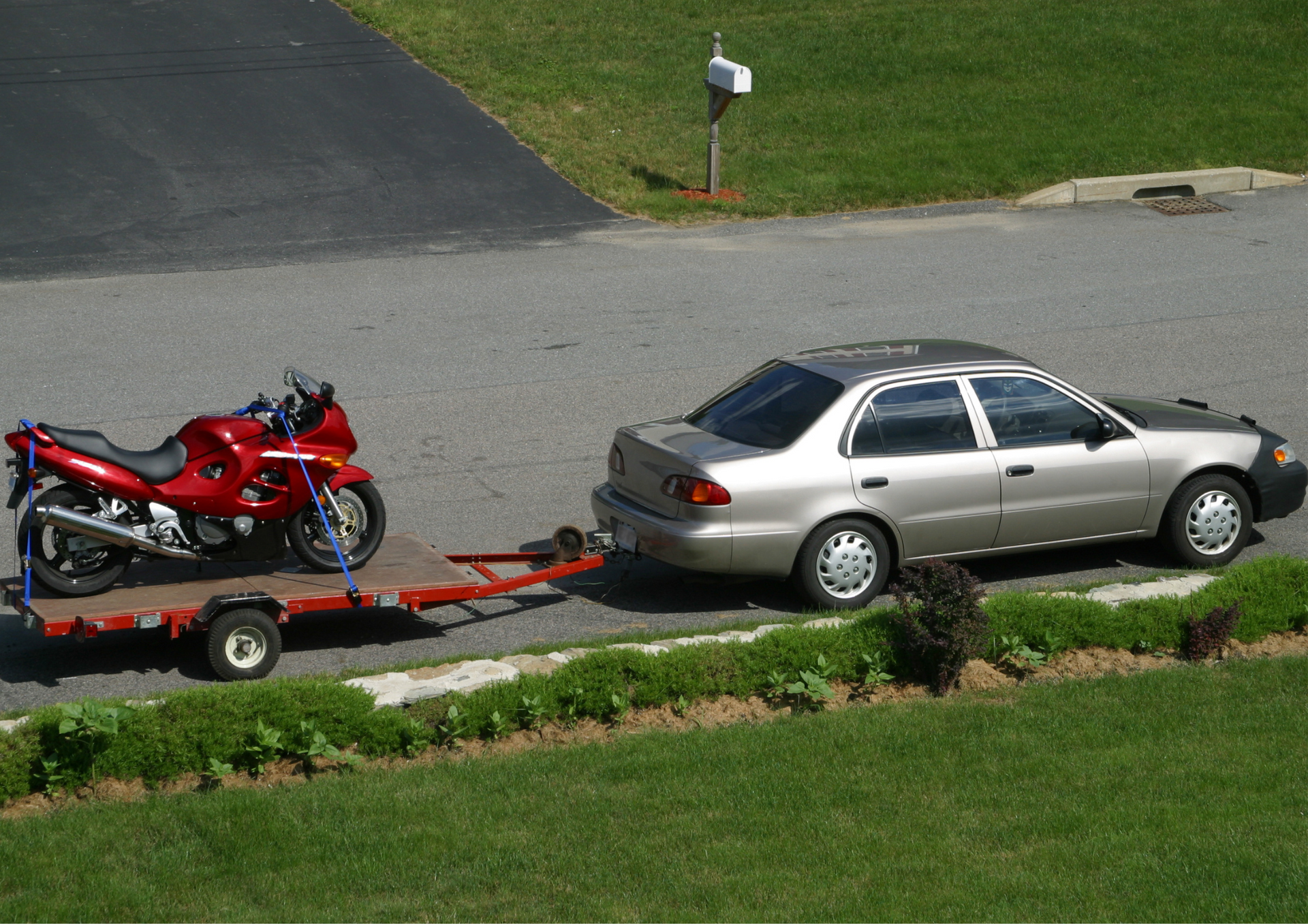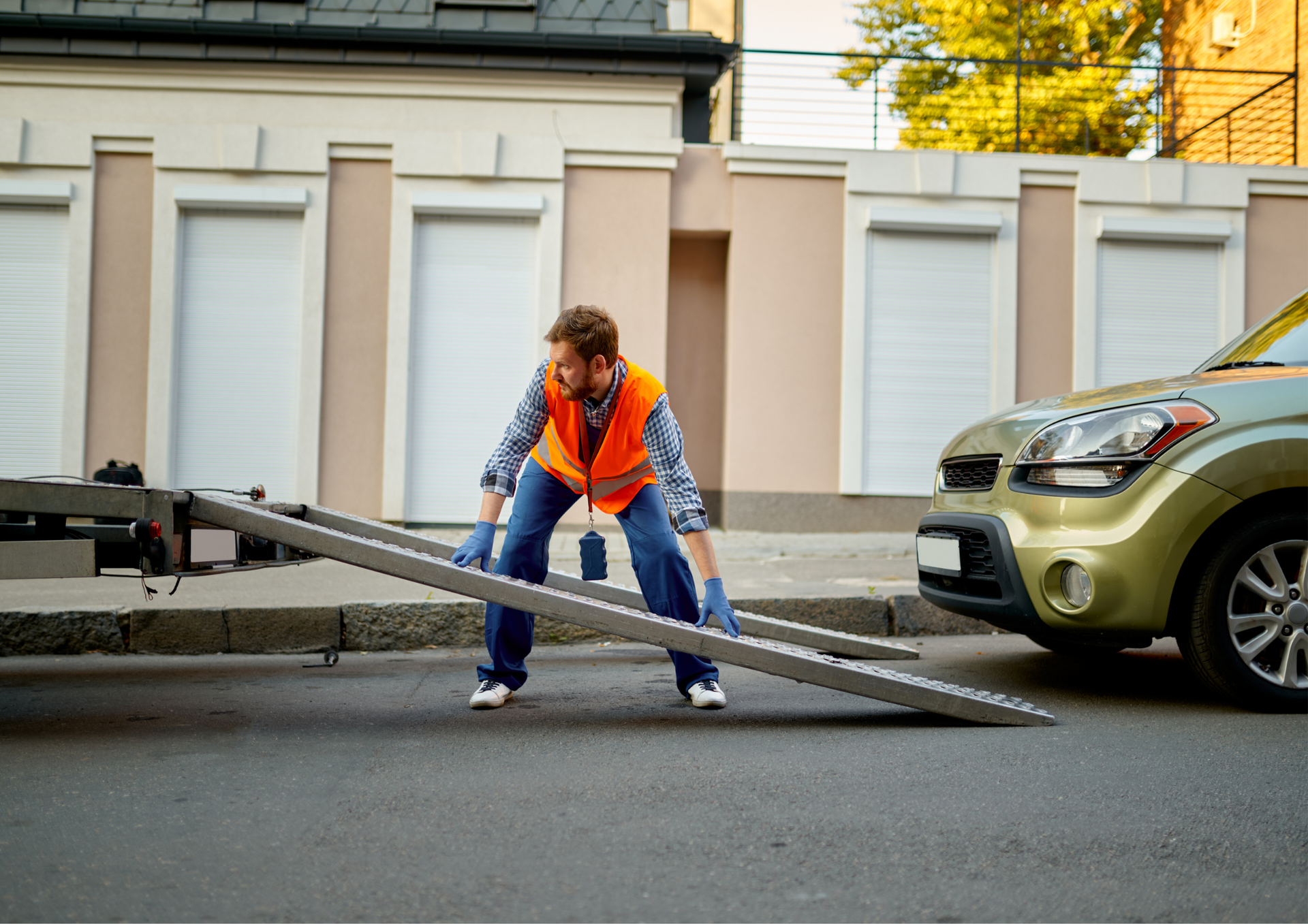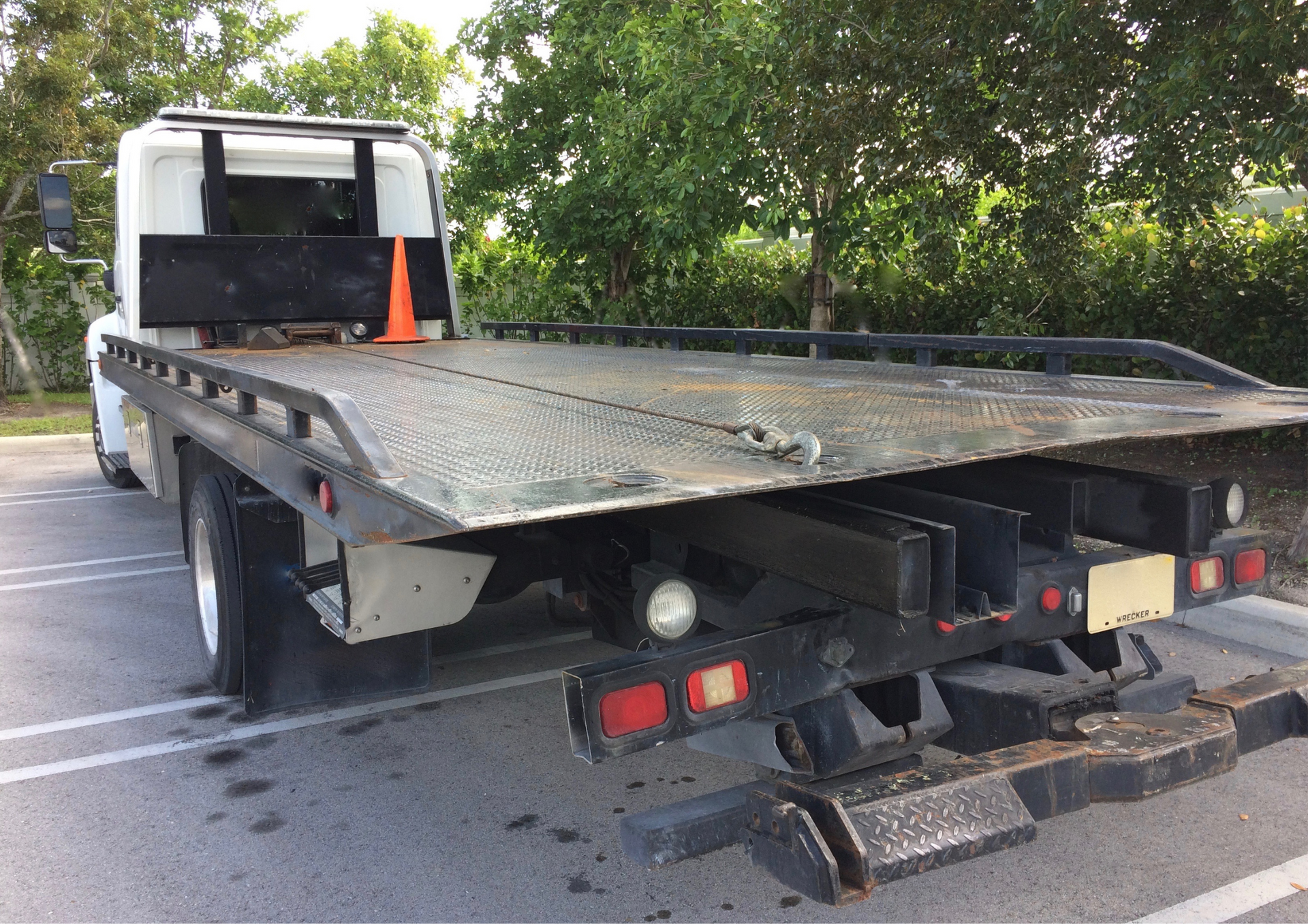Recovering Vehicles in Hazardous Conditions
Recovering vehicles in hazardous conditions poses a unique set of challenges, requiring specialised equipment, skilled personnel, and rigorous safety protocols. This article explores the complexities of vehicle recovery in adverse environments and provides essential safety precautions to ensure successful operations.
The Complexities of Vehicle Recovery
Vehicle recovery is not just about towing or hauling a car from point A to point B. The stakes are much higher in hazardous conditions such as off-road terrains, snowstorms, floods, or accident scenes. Recovery teams, with their crucial role, must navigate dangerous landscapes while ensuring the safety of everyone involved. The unpredictability of these situations demands a high level of expertise and adaptability, underscoring the importance of their role.
Challenges in Hazardous Conditions
Operating in hazardous conditions introduces various challenges that can significantly impact the success and safety of a recovery operation. These challenges, often challenging, include:
- Weather Conditions: Extreme weather, such as heavy rain, snow, or strong winds, can make recovery operations treacherous. Teams must be prepared with appropriate gear and equipment to navigate these conditions safely.
- Limited Visibility: Hazardous conditions often come with reduced visibility, making it difficult to assess the situation and plan the recovery. In such situations, teams must rely on specialised lighting equipment and robust communication to coordinate effectively. The use of reliable communication devices is particularly crucial as it allows team members to stay in constant contact, share real-time updates, and coordinate their actions, even in low-visibility conditions.
- Terrain Difficulties: Off-road areas or uneven terrains require specialised vehicles and equipment to ensure a successful recovery of vehicle. Operators must have the skills to manoeuvre in these challenging environments.
- Traffic Hazards: Traffic can pose a significant risk to recovery teams on busy roads or highways. Safety barriers, proper signage, and traffic management are crucial to prevent accidents during recovery operations.
Safety Precautions for Vehicle Recovery
To address these challenges, recovery teams meticulously follow strict safety precautions. Here are some key practices, rigorously adhered to, to ensure safety during vehicle recovery in hazardous conditions:
- Thorough Risk Assessment: Before starting any recovery operation, a comprehensive risk assessment should be conducted to identify potential hazards and plan the safest approach.
- Proper Equipment and Gear: Teams should use specialised car recovery equipment suitable for the conditions. This includes tools such as winches, tow trucks, or cranes, which are designed to handle the unique challenges of vehicle recovery in hazardous conditions. Additionally, personnel should wear appropriate protective gear such as high-visibility vests, safety helmets, and steel-toed boots to minimise injury risks.
- Clear Communication: Effective communication among team members is crucial for coordinating recovery efforts and ensuring safety. Use reliable communication devices to establish clear protocols for emergencies.
- Traffic Management: Proper traffic management is essential when recovery operations occur on or near roads. This may include using traffic cones, signs, or barriers to create a safe work area.
- Trained and Certified Personnel: Only trained and certified personnel should handle vehicle recovery in hazardous conditions. This ensures that all safety measures are followed and reduces the risk of accidents. Continuous training and certification are essential to keep up with the latest safety protocols and best practices in vehicle recovery, as well as to enhance the team's adaptability to different hazardous conditions.
Vehicle recovery in hazardous conditions requires a skilled and safety-conscious team to navigate the unique challenges of unfavourable environments. By following strict safety precautions and utilising specialised equipment, recovery teams can ensure successful operations while minimising risks to personnel and the public.
When seeking a reliable vehicle recovery service, choosing a team with extensive experience and a commitment to safety is crucial. A reputable service provider should have a proven track record in hazardous condition recovery, a team of highly trained professionals, and a comprehensive safety management system in place. With these qualifications, Recovery Newcastle should be your first choice for any recovery in Newcastle. Have a quick online search of "recovery near me" on the internet to find us!
Check out our latest GBP update about recovering vehicles in hazardous regulations.
You might also like
Service Areas
Give us a call today!



